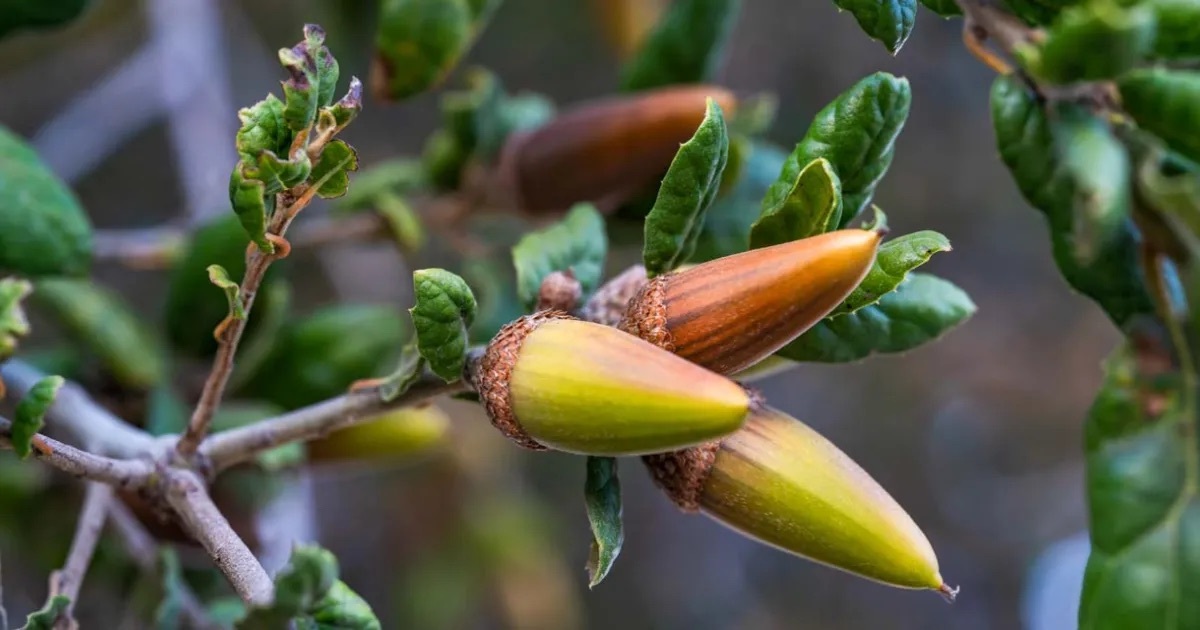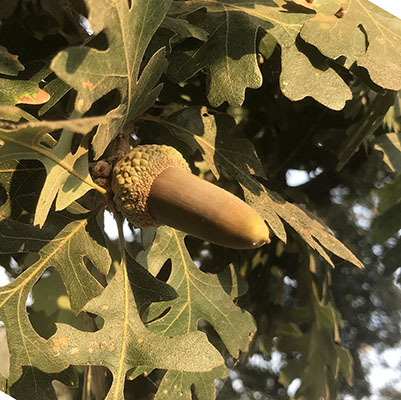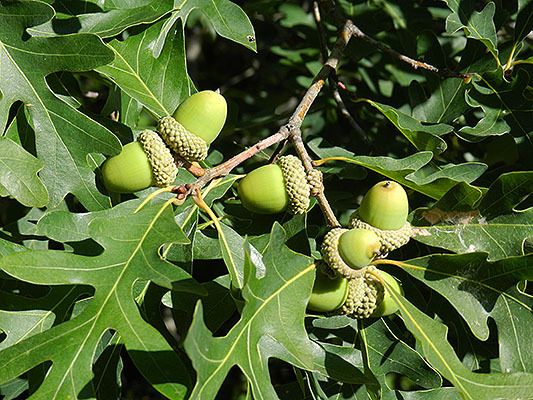Oaks are some of the most numerous and diverse groups of trees worldwide. They have long stood as symbols of strength, endurance, and resilience. Whether you spot them towering majestically over landscapes or providing shade in a local park, oak trees are an integral part of ecosystems. Let’s explore these fascinating giants by getting to know five oak species and the unique acorns they produce!
What Are Acorns?
Acorns are more than just tiny nuts littering the forest floor—they are the seeds and fruits of oak trees. Each acorn holds the potential for a new oak tree, serving as the next generation in a lineage that can last centuries. These small, sturdy seeds come equipped with enough nourishment to support seedlings as they germinate, giving them a head start in life.
But acorns don’t just feed oak seedlings; they’re also vital to wildlife. Many animals, including squirrels, deer, birds, and even some insects, rely on acorns as a primary food source. These nutritious nuts are packed with fats and proteins, making them an essential part of many ecosystems.
Where Do Acorns Come From?
As you might have guessed, acorns come from oak trees! These iconic trees belong to the genus Quercus, which includes hundreds of species found across the globe. Oaks are especially abundant in North America, Europe, and parts of Asia. While all oak trees produce acorns, the size, shape, and color of these nuts vary greatly depending on the species.
Types of Acorns
There’s a surprising diversity in the world of acorns. Let’s dive into the details by highlighting the acorns from five of the most commonly found oak species on the West Coast. You’ll discover how to identify these trees by their acorns and learn a fun fact about each one.
1. Coast Live Oak Tree Acorns
The Coast Live Oak (Quercus agrifolia) is a staple of California’s coastal regions. Its acorns are long and slender, with a smooth, shiny exterior that tapers to a point. They often sit snugly in a small, bowl-shaped cap that covers about one-third of the nut.
Fun Fact: Coast Live Oaks are evergreen, meaning they keep their leaves year-round. This trait sets them apart from many other oak species, which are deciduous.

2. Valley Oak Tree Acorns
The Valley Oak (Quercus lobata), also known as the “king of California oaks,” produces large, oblong acorns. These nuts can grow up to two inches long and are typically light brown with a slightly ridged cap.
Fun Fact: Valley Oaks can live for over 600 years, making them some of the longest-living oak species in the world!

3. Red Oak Tree Acorns
Red Oaks (Quercus rubra) have acorns that are small and round, with a shallow, saucer-like cap. Their acorns are a rich brown color, often with subtle streaks running along their length.
Fun Fact: Red Oak acorns take two years to mature, unlike most other oak species, which produce acorns annually.

4. White Oak Tree Acorns
White Oaks (Quercus alba) produce acorns with a distinctive light tan hue. These acorns are rounded and often covered by a warty, scaly cap that makes them easy to identify.
Fun Fact: White Oak acorns are less bitter than other varieties because they contain lower levels of tannins. This makes them a preferred snack for wildlife and even humans in some cultures!

5. Pin Oak Tree Acorns
Pin Oaks (Quercus palustris) produce small, round acorns that are often striped with alternating bands of dark and light brown. Their caps are flat and thin, covering only a small portion of the nut.
Fun Fact: Pin Oaks are known for their sharply pointed leaves, which give the tree its “pin-like” name.

Acorn Production of Oak Trees: How Often Do Acorns Fall?
Oak trees typically produce acorns once a year, but the amount of acorn production can vary significantly. Some years, oak trees experience a “mast year,” during which they produce an exceptionally high number of acorns. These years are crucial for wildlife, as the abundance of acorns provides food for many animals.
Interestingly, not every oak tree follows the same schedule. Environmental factors like rainfall, temperature, and soil conditions all play a role in determining acorn production. If you’ve noticed more acorns than usual in your yard or local park, it’s likely a mast year in your area.
How To Identify Acorn Trees?
Identifying oak trees by their acorns can be a fun and rewarding activity. Start by examining the acorns themselves. Pay attention to their size, shape, and the appearance of the cap. Next, look at the tree’s leaves. Oak leaves vary widely between species, ranging from lobed and pointed to smooth and rounded edges.
For those who want to dive deeper, arborist consulting with our certified arborists can help you accurately identify and assess your oak trees. Arborists can provide valuable insights into tree health, care, and maintenance. Plus, tools like our ArborPlus Tree Management Software make it easy to keep track of all the trees on your property, including oaks. Contact us today for a free assessment and get your inventory started!





